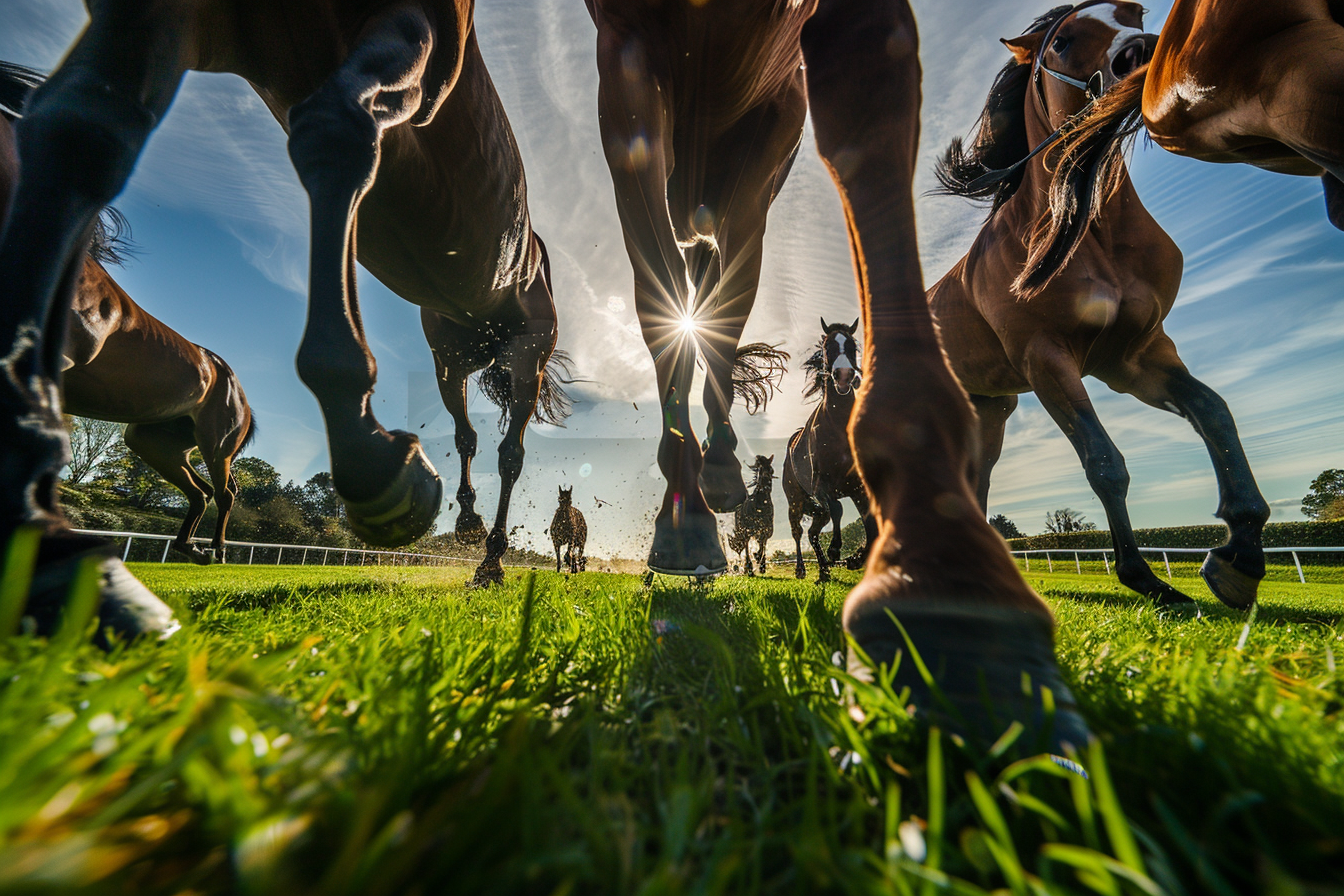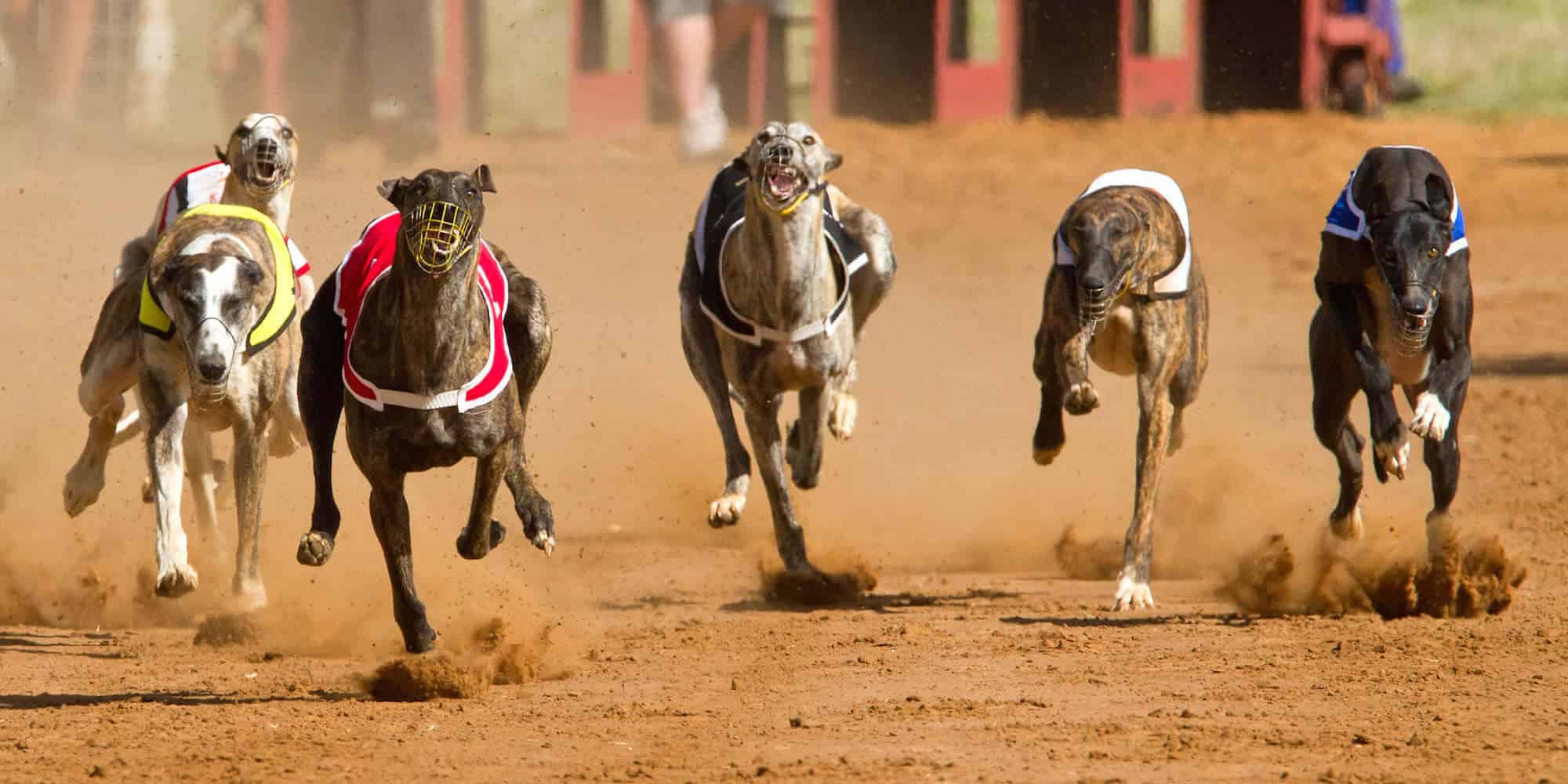As Disraeli said “There are lies, damned lies and statistics.” Statistics is the collection and analysis of numerical data. Trends are movements in the general direction.
If you toss 10 coins and get HTHTHTTTTT (H= heads T= tails) then statistically 70% of heads won and the trend is for tails to win. Neither of these is any use for predicting the result of the next toss, with it equally likely to be a Head or a Tail.
Trends are indicative of change, such as if Trap 1 wins the first four greyhound races at Walthamstow this might be because a sudden downpour has flooded half of the track, or if a football team keep 5 clean sheets at the start of the season it might be related to the skills of a new goalkeeper.
Beware of “expected trends” however. A widely voiced expected trend is that because the Grand National fences have been made “easier” then more favourites should win than did in past years. Two joint favourites have won in the last 10 Nationals, accompanied by other winners at 100/1; 66/1 and 2 at 33/1.
Statistics can be useful to the punter, but only with a little appreciation of what they are. The first thing to recognize is that you can soon try to check too many statistical variables: horse; trainer; jockey; course; going; draw; weight etc and either give yourself a headache, or increase the confusion.
The value of statistics lies purely in the sample size. Since betting racing began, that one-third of favourites win is true. The number of races that this is based on, (i.e. every race ran) validates the statistic. It doesn’t mean that two of today’s favourites will win the 6 race card at Chepstow. None of them might win, or they all might win. It does mean however that it is likely that one third of favourites have won all the races at Chepstow since it was opened in 1926, why, because it is a massive sample size. A similar football statistics would be that home teams have the advantage.
Another statistic validated in time and proven in the UK; Ireland; Australia; the States; S Africa and South America, is that the chances of a horse winning are reflected in its price, with an advantage the shorter it is priced. If you bet every horse over time that started at Evens, you would have lost less money than if you bet every horse at 6/4, which would have lost less money that every horse at 5/2, and so on. You would have still lost money, but you can rely on the statistic continuing.
So where does this leave us with statistics and betting? The past is no guide to the future but there are certain statistics that hold true over time because of large samples. Therefore statistics that say “Jockey A riding for Trainer B has a 75% hit rate in handicaps at X racecourse over the last 2 seasons”are meaningless if the two only coincided on four occasions. The sample size is too small and the winners might have all been on the same horse. A useful statistic based on a large sample size is draw bias. Particularly at courses like Chester and Beverley, horses drawn low have a tremendous statistical advantage. Having reviewed this statistic before striking your bet at Chester you may choose to check your selection’s draw and increase or decrease the size of your bet because of this statistic.
Useful stats to consider in horse racing are:
Ten year record of favourites in the race (particularly good at Sandown “military” meetings, and festivals like Punchestown and Cheltenham.)
Horse form (Consistency; course distance and going preferences)
Racecourse (Draw bias, trainer record)
and in football are:
Home bias and competition record (for that team)
Always remember that the larger the sample size the more reliable the statistic.
FAQs
What are some recent Grand National trends?
Recent trends in the Grand National include a notable increase in female jockeys participating, reflecting evolving gender dynamics. Focus on horse welfare has led to stricter regulations and improved track conditions. Online betting platforms have gained popularity, reshaping the gambling landscape. Established trainers and high-quality horses maintain prominence. Spectator engagement has transformed through social media and virtual experiences.
What are the main horse betting statistics to check before betting?
Key horse betting statistics to consider encompass recent performance, jockey-trainer success rates, track conditions, distance suitability, and past results in comparable races. Evaluating win, place, and show percentages, along with earnings and speed figures, provides valuable insights. Historical data on jockey-trainer collaborations and odds comparison against previous performance aid informed decision-making.
What are the easiest horse racing trends to spot when betting?
Clear horse racing trends for betting often involve consistent jockey-trainer partnerships that yield successful outcomes. Horses excelling in specific track conditions or distances are easily identifiable. Those displaying a consistent pattern of improved form in recent races stand out as potential contenders. Sudden shifts in betting odds can indicate insider confidence. Recognising these straightforward trends assists less experienced bettors in making informed choices.





